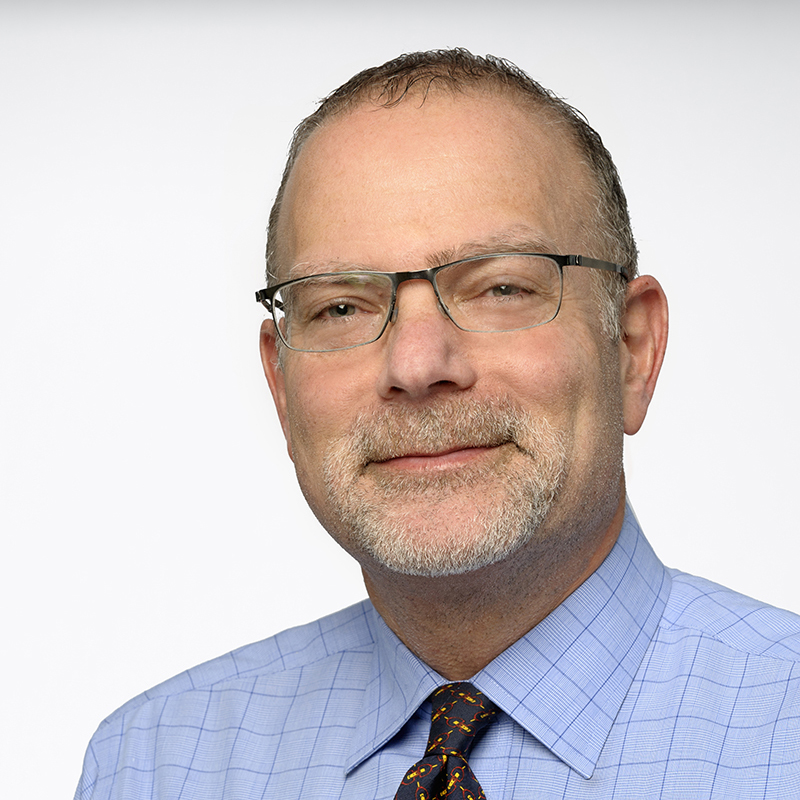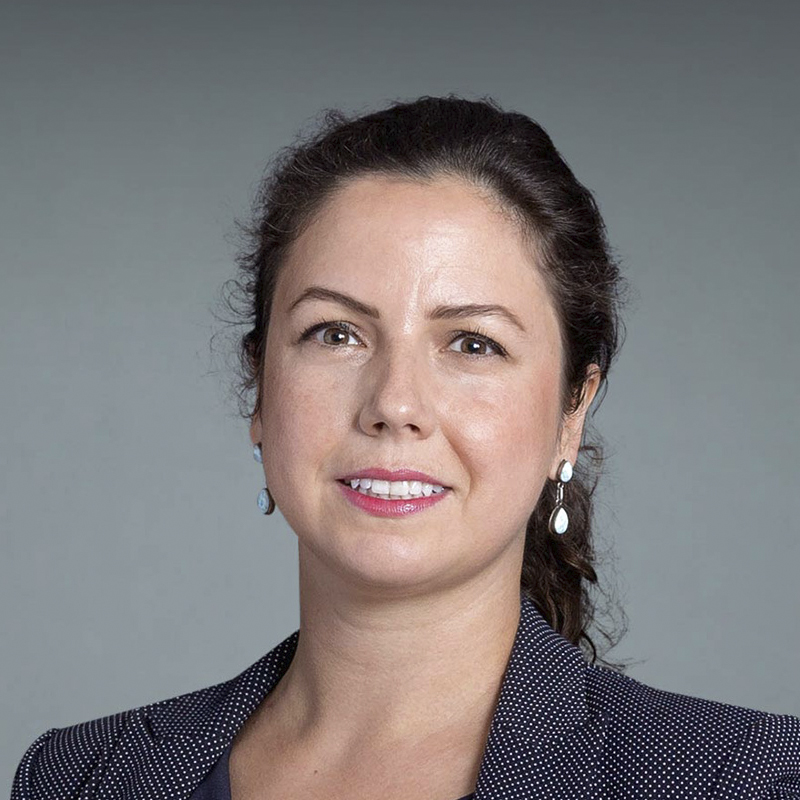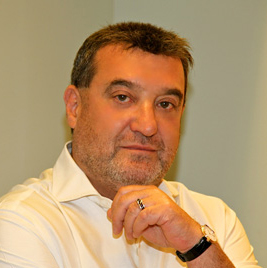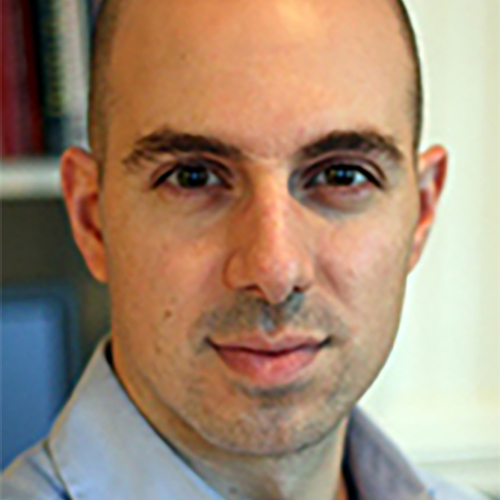“Cure” is the third pillar of our mission. While brain cancer is now the leading cause of cancer deaths among children, funding for research into this terrible disease continues to be woefully inadequate. Making Headway Foundation helps fill this important need by funding important research projects at institutions around the world.
The doctors, fellows, and psychologists we support have published dozens of research studies. Click here for links to some of these studies.
The Making Headway Pediatric Brain Tumor Preclinical Core
Thanks to a new grant by Making Headway, a revolution new research lab will be created at the NYU Langone Medical Center. The Making Headway Brain Tumor Preclinical Core will develop brain tumor patient-derived cell sources for use in preclinical testing. The facility will be used by NYULH researchers, industry partners, and other academic institutions to rationally test novel agents in the hopes of bringing new therapies to patients. The lab will focus specifically on creating viable models that new drugs can be tested on. While several CNS tumor Preclinical Cores exist nationwide, none are focused on childhood tumors. This will be the first of its kind and a significant step forward towards developing new treatments for children with brain or spinal tumors.
Read More/Less
Historically, it was very difficult to test drugs for pediatric low-grade gliomas because creating viable models (usually in mice) was extremely difficult due to the nature of those types of tumors. Dr. Theodore Nicolaides and his team will be using a unique, state-of-the-art technology to create models for every pediatric low grade CNS tumor.
Neuroanatomical, Cognitive & Family Aspects to Recovery from a Pediatric Brain Tumor
Researchers, led by Dr. Stephen Sands at Memorial Sloan Kettering Cancer Center, in conjunction with Columbia University, are conducting a long-term study evaluating the impact of socio-economic status, home environment, and parenting and parental distress on pediatric brain and spinal cord tumor patients. The project aims to create a more accurate protocol for early-intervention, so doctors can better help children before they experience significant neuropsychological decline.
Read More/Less
Purpose: To prospectively evaluate neurocognitive functioning, adjustment, and quality of life in children with brain tumors receiving treatment with Head Start 4 as well as to assess CNS myelin load, gray and white matter volumes and structural integrity with brain imaging techniques including the impact of socioeconomic status, home environment, parenting, and parent distress as factors that may directly affect or moderate risk.
Funding Pediatric Neurosurgeon and Research
For the first time, Making Headway has awarded a grant to fund an exceptionally qualified pediatric neurosurgeon and researcher at the NYU Langone Medical Center. Dr. Eveline Teresa Hidalgo received an MD from Bern University in Switzerland and completed her residency in neurosurgery at the University of Bern and Kantonsspital Aarau. She achieved Swiss board certification in neurosurgery in 2013 and in 2016 was appointed to the position of clinical instructor in the Division of Pediatric Neurosurgery at NYU Langone Medical Center.
Read More/Less
Dr. Hidalgo, who speaks fluent English, Spanish, French, and German, has distinguished herself as an exceptionally talented neurosurgeon, teacher, and investigator. She will become the fourth full-time pediatric neurosurgeon at NYU, reflecting a significant increase in the number of childhood brain tumor surgeries each year.
Targeting Molecular Subgroups of Childhood Low Grade Gliomas
Researchers at The Hospital for Sick Children in Toronto, led by Dr. Uri Tabori are studying the molecular composition of low grade gliomas (a kind of tumor) in children, in order to improve clinical decision-making. The goal is to develop treatments that are more targeted and less toxic. (Making Headway Foundation is partnering with A Kids’ Brain Tumor Cure (PLGA Foundation) on the funding for this study. You can download a copy of the published research report at www.makingheadway.org/published.
Read More/Less
This grants stems from previous research showing that genetic alterations in low grade gliomas determine different outcomes and response to therapy. In this proposal we are determining the genetic driver mutations of >1000 children with low grade gliomas. We already have identified genetic events in most cancers but discovered that a significant proportion does not have a known alteration. The goal is to be able to characterize the clinical role of each driving mutation and secondary hits by marrying the molecular data with the extensive clinical data.
Novel Targeting of an Epigenetic Signature in Diffuse Intrinsic Pontine Gliomas
Diffuse Intrinsic Pontine Gliomas (DIPGs) are the most lethal pediatric cancers; despite recent advances in diagnosis and treatment, the majority of children die within 24 months of diagnosis. Surgical removal is nearly impossible, and often fatal, as these tumors predominately occur in the midline structures of the brain (pons, thalamus and brainstem). They are also resistant to all known chemotherapies and the positive effects of radiation therapy are temporary at best. Therefore, novel therapeutic approaches are urgently needed.
Read More/Less
Genetic profiling has revealed that over 85% of DIPGs acquire specific mutations in the genes that encode the histone proteins that package their genomes in a form termed, “chromatin”. These specific mutations lead to altered histone proteins which, in turn, impact the chemical modifications that occur on the histone proteins. Such histone modifications are often referred to as “epigenetic signatures”, as they impact the expression of the genes that they package.
Utilizing Mass Spectrometry techniques, our research has identified one such epigenetic signature, dimethylation of histone H3 on lysine residue 36 (H3K36me2), that is elevated in these tumor cells. We have also identified the proteins that bind to this specific epigenetic signature and discovered their basic biological function–to maintain the expression of the genes found in the chromatin to which they are bound. With chemists at The University of Toronto we have developed preliminary compounds that block the ability of these proteins to bind to this unique epigenetic signature in vitro. Further in vivo testing of these compounds in transgenic mice engineered with DIPG tumors will be carried out with Dr. Dimitris Placantonakis (Professor of Neurosurgery) at NYU Langone Medical Center. These compounds are promising therapeutics for the treatment of this deadly childhood malignancy.
Developing Novel Mouse Models of Pilocytic Astrocytoma for Preclinical Therapeutic Studies
Pilocytic astrocytoma (PA) represents the most common type of brain tumor in children. These tumors frequently arise in surgically inaccessible locations and cause significant morbidity, including failure to thrive, growth impairment, visual loss, precocious puberty, developmental delay and focal neurological deficits. There remains a great clinical need for the development of novel pediatric glioma genetically engineered mouse models (GEMMs) that will facilitate the functional characterization of the spectrum of genetic alterations observed in pediatric gliomas, including PAs.
Read More/Less
Standard therapies for unresectable or recurrent PA include chemotherapy and radiotherapy, both of which have significant short-term and long-term toxicity. In our proposal, we aim to develop new animal models based on the most frequent genetic alterations found in PA, which will enable the better characterization of PA development and progression. These models will enable us to test targeted therapies in order to identify new therapeutic strategies for this disease.
Identifying Metabolic Vulnerabilities of Pediatric High Grade Glioma
Cells within a tumor must acquire nutrients from their environment and convert these nutrients into the cellular components necessary to support continued growth. This set of processes is broadly referred to as tumor metabolism. We are interested in understanding how tumor metabolism is distinct from the metabolism of normal tissues, with the hope of identifying those genes or pathways upon which cancer cells are particularly dependent for survival. Recently, we have become fascinated by how pediatric brain tumors utilize metabolites and acquire the nutrients they need, compared to adult brain tumors.
Read More/Less
We found that pediatric and adult brain tumors use different fuels to generate energy and additional tumor mass, with adult tumors relying more on fat for energy. In order to impact pediatric brain tumor survival and identify new therapies for this disease, we need a more sophisticated understanding of how these brain tumors behave. To this end, we are developing models of the disease in animals that allow us to compare the metabolism of the tumor model to that of the tumor immediately derived from a patient, to determine how well we are recapitulating the complexity of the human disease. Importantly, these models will enable us to manipulate individual genes involved in metabolism and determine if blocking these genes affects tumor growth or survival, and, if not, how the tumor adapts to compensate. Finally, because of the rarity of these tumor types, relevant model systems are not readily available. Therefore, our work will also expand the tool-set available to other groups working to cure this disease.
Previously Published Research Funded by Making Headway
The doctors, fellows, and psychologists we support have published dozens of research studies. Click here for links to some of these studies.
For information on other Making Headway Programs, click on the link
Care – Individual Counseling Program
Care – Educational Assistance Program
Comfort – In Hospital Services (yoga, massage, etc.) / Playroom
Comfort – Scholarship Program
Comfort – Family Events
Cure – New Medical Research Grants
Cure – Facilitating Medical Research and Clinical Trials
Cure – Neuro-oncology Fellowship Program








 Instagram
Instagram